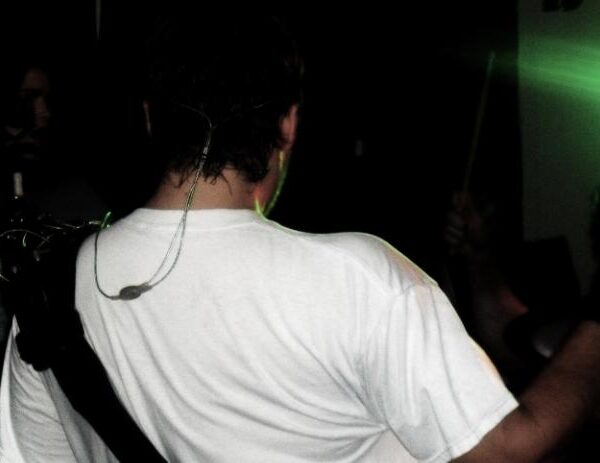Ever wondered what it’s like when thousands of people jump and dance to your beats? A home studio with some DAW experience is all that’s needed for successful music production these days.
From Game Changerz in Punjabi music to Martin Garrix, ranked #1 by DJ Mag for three consecutive years, all started their journey in music with a basic home studio.
Here I have 5 amazing tips which will help improve your home studio.
- Choosing the right audio interface for your studio
Firstly let’s talk about an audio interface. Most of you might already have some idea about it, but for those you don’t, an audio interface is basically an external sound card.
In simple terms, it provides the input and output of audio signals between your computer and other hardware.
How to choose the right audio interface for your home studio
Most budget conscious people buy single input/output audio interface thinking it provides the same quality of sound as the other interface but is cheaper.
In my opinion, every home studio should have an audio interface with at least two input and two output channels. If you want to play bass and acoustic guitar and record them in stereo while recording vocals with it, a two-input interface would not be sufficient.
To improve your home studio choosing the right audio interface according to your need is a must.
- Have a good pair of open back and closed back headphones
Yes, you may need two pairs of headphones for setting up a decent home studio. Now let’s discuss why.
Open back headphones are used by singers/vocalists because, these headphones have open mesh structure which enables them to hear their own voice better, while recording and listening to the music simultaneously.
Whereas the closed back headphones are usually noise canceling and prevent the external noise to enter thus helping to focus on music. These are used for music production purposes.
- Choosing good quality microphones and aux cables
Yeah, you read it right, call me crazy but this is the most important thing to know before setting up a home studio.
When the signal arrives at the preamp through a cable, any noise that has infiltrated the cable becomes greatly amplified along with the original signal. Using a balanced cable helps to eliminate the problem.
Cheap and bad quality cables add a lot of noise to the signals and offer a lot more resistance. Also, they are poorly constructed and have more chances of wear and tear.
Using good quality cables is a good way to improve the quality of the music as well as the quality of your home studio.
- A good DAW
What good is a home studio if you don’t have a compatible DAW?
A producer mostly sticks to one DAW (Digital Audio Workstation). I personally prefer FL studio (Formerly Fruity Loops). It is easy to use and has a more user-friendly graphic interface.
Other good options may include Reaper, Studio One, Ableton Live, Pro Tools, and Logic Pro.
- Improve acoustics in your home studio
Precision in observing sound patterns is one of the Producers greatest traits and any slight inaccuracy can cause the music to sound bad.
Acoustics absorb noise and prevent any standing sound waves from interfering, which enables a good flow of sound around the studio.
All home studios must have a pretty decent amount of acoustic foam set up.
Egg crate acoustic foam is the most effective for a music studio setup and wedge acoustic foam can be used for decorative purposes along with the egg crate foam due to its cool and sharp look.
Conclusion
Every small factor is very important and can make a great difference to your home studio setup.




Like this article? Share with your friends!